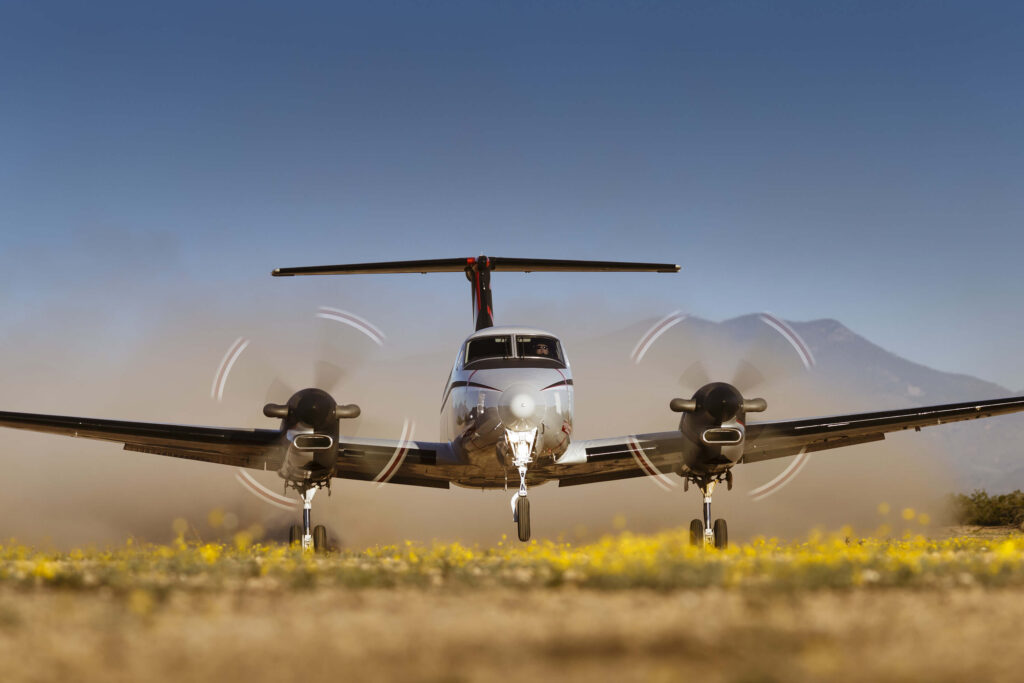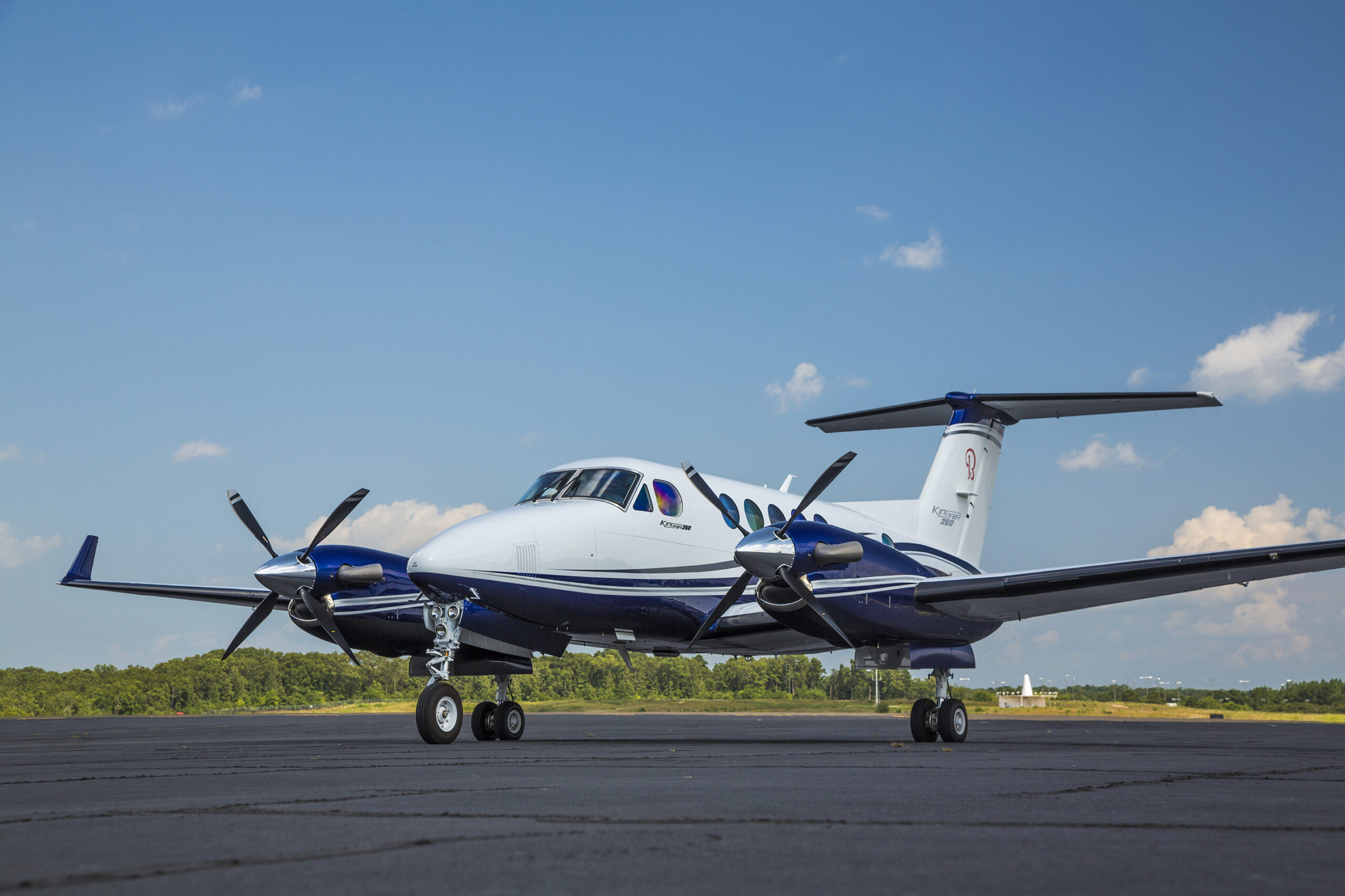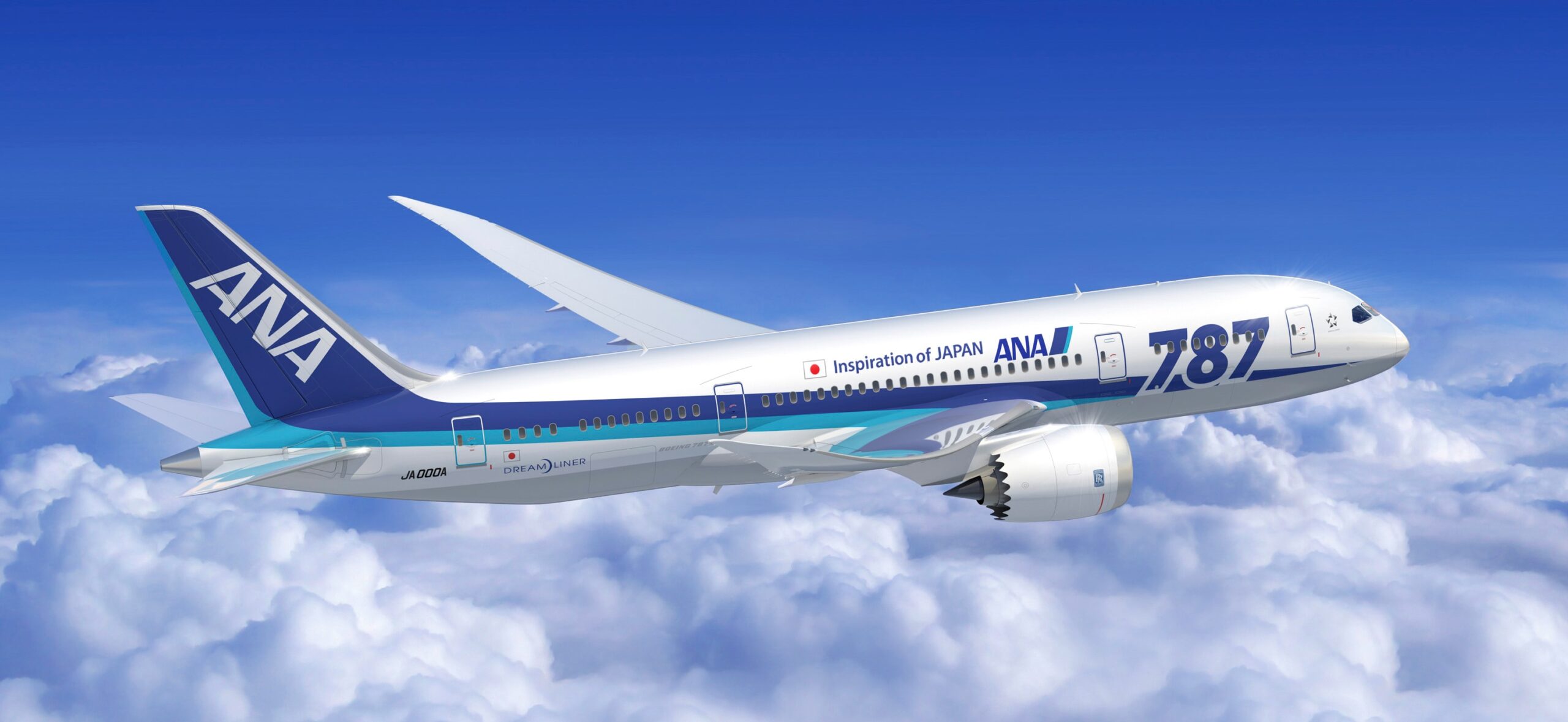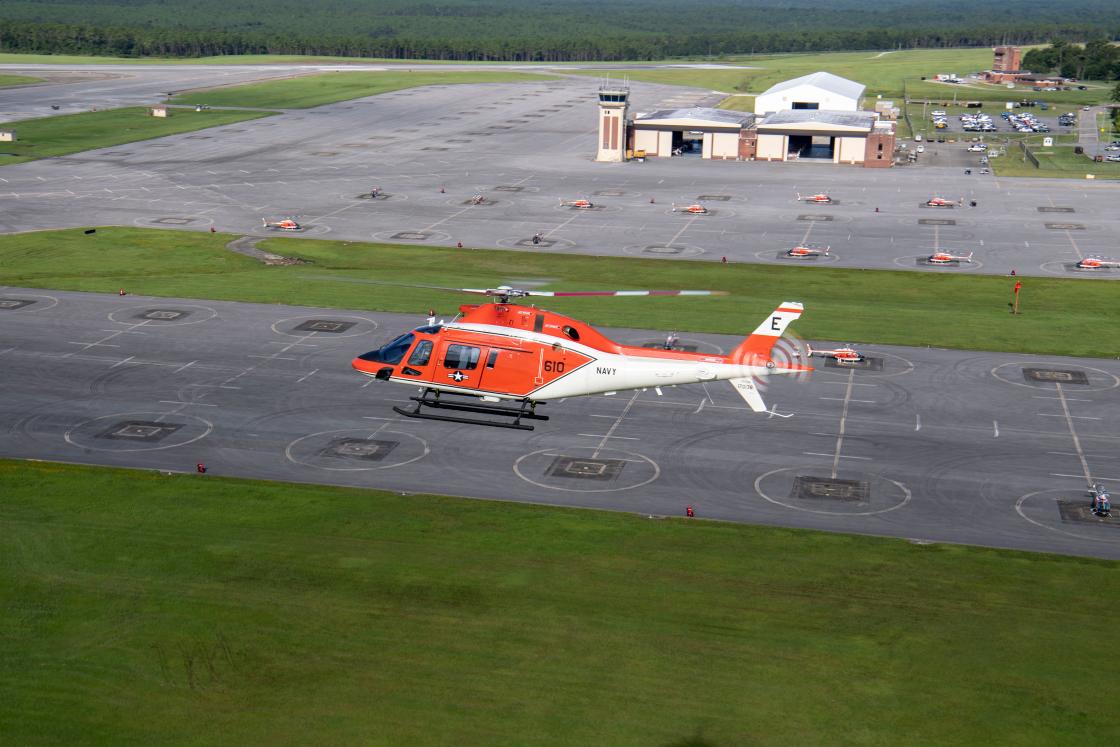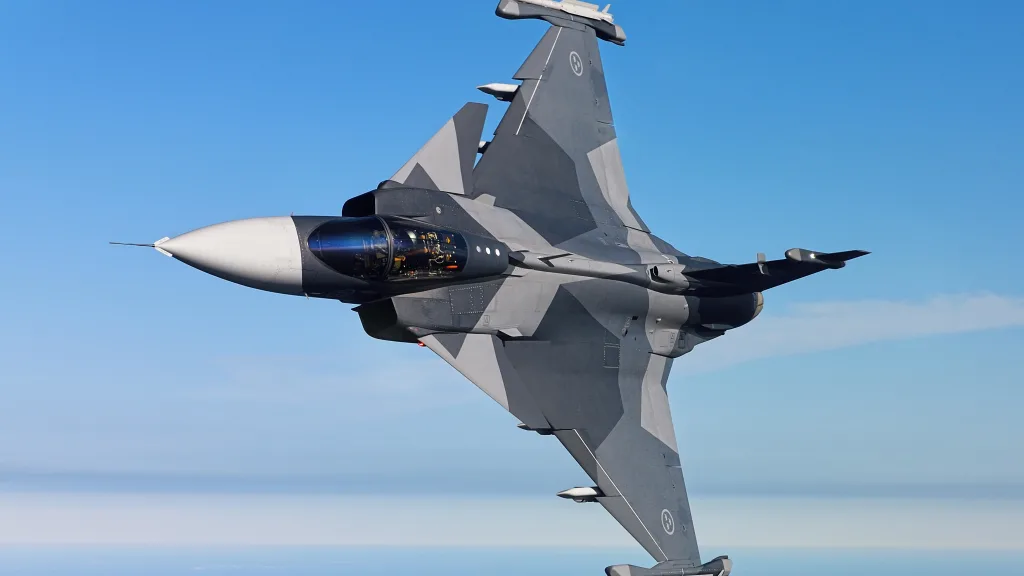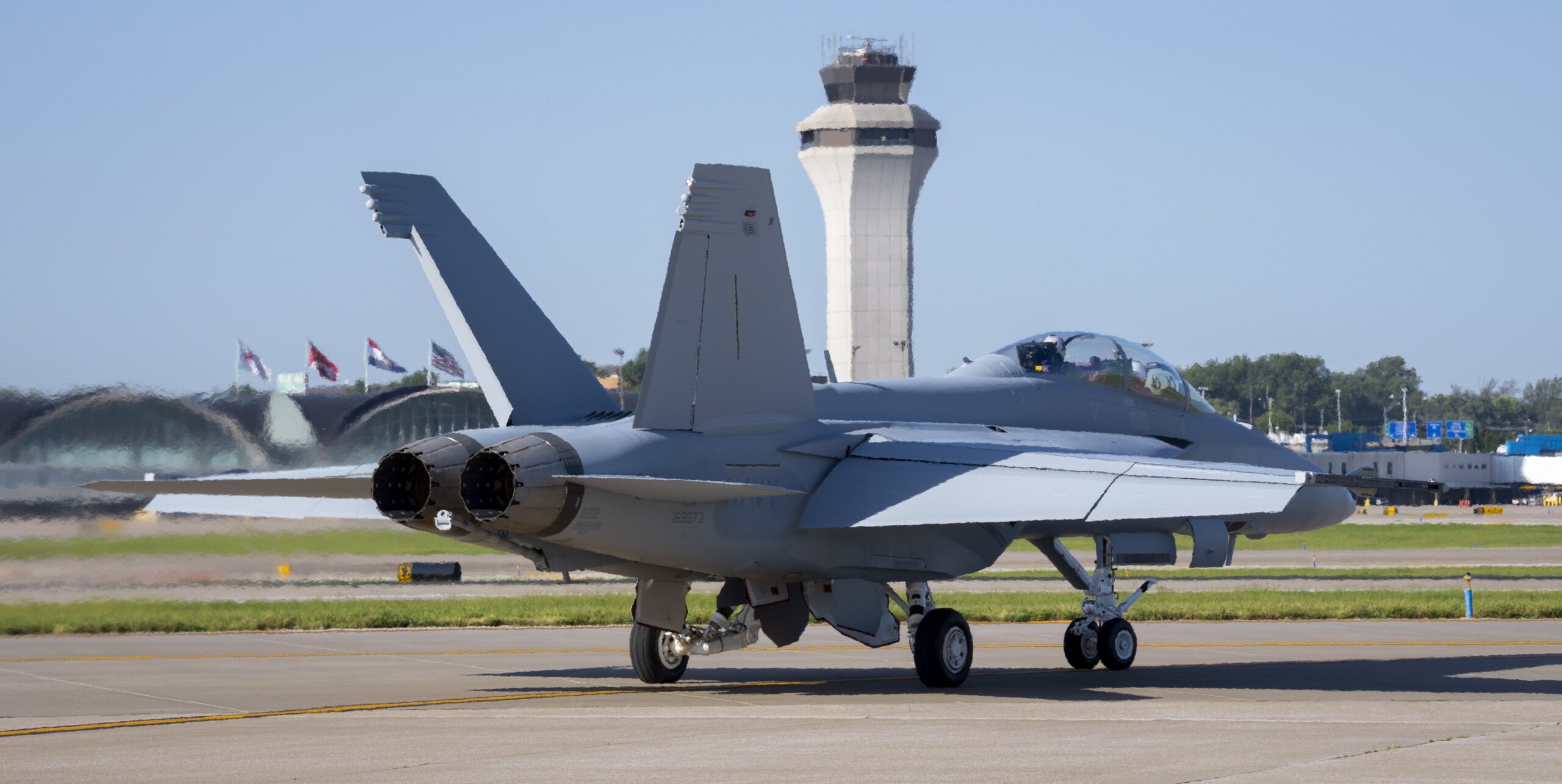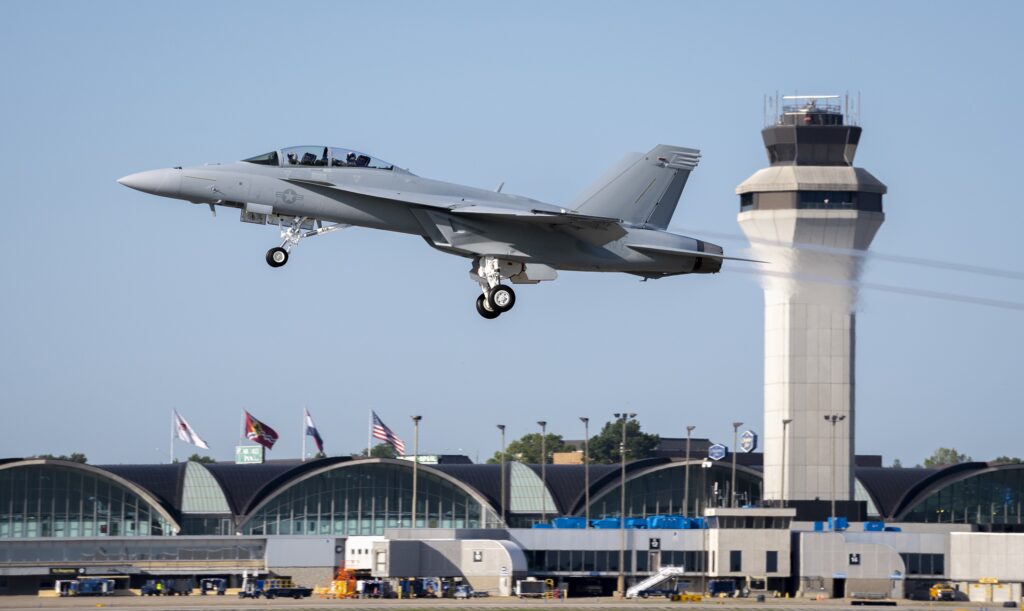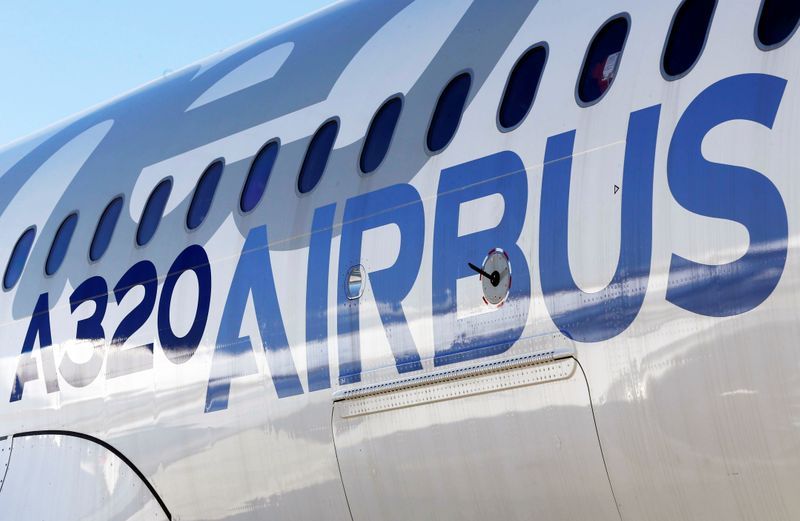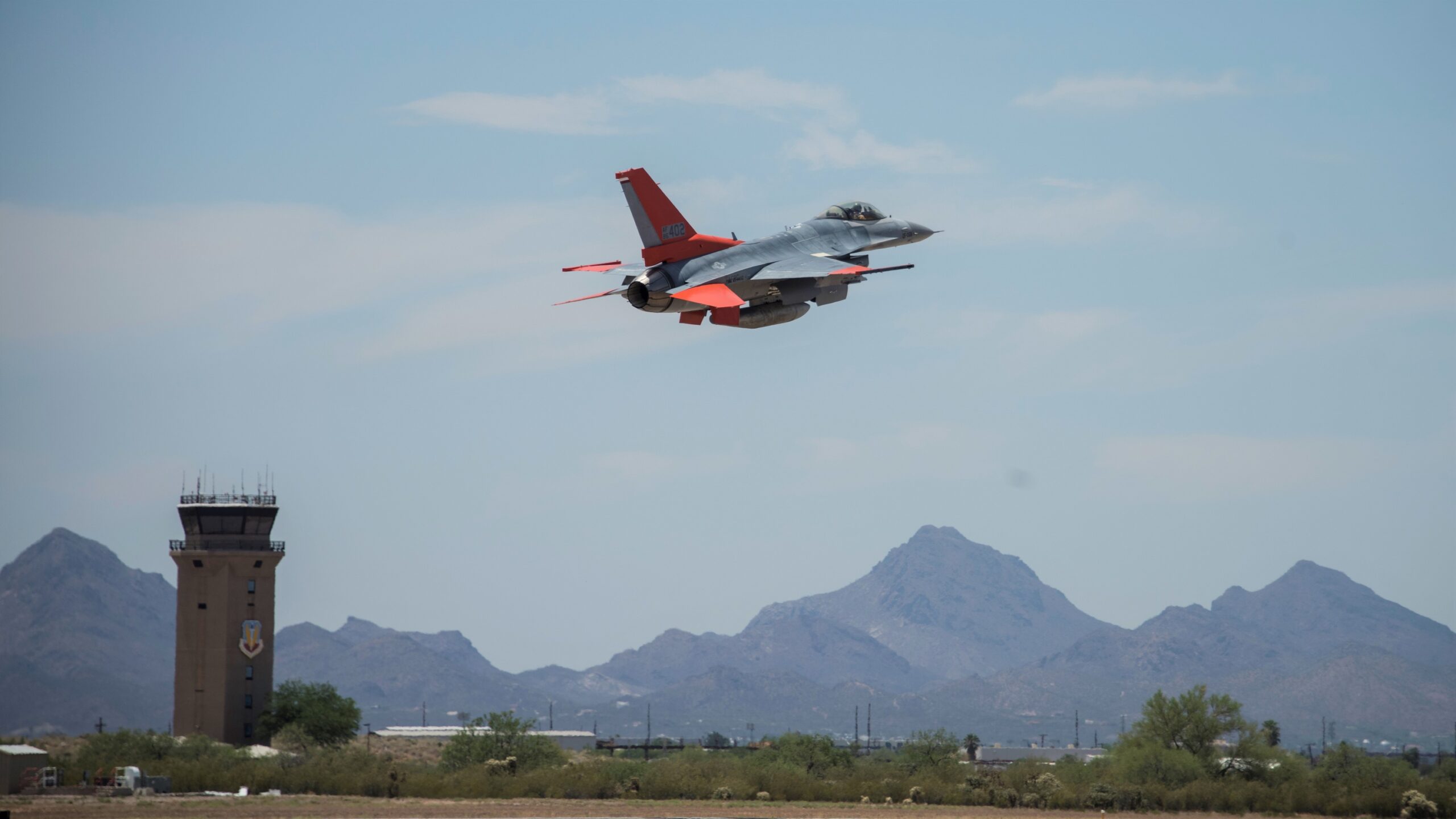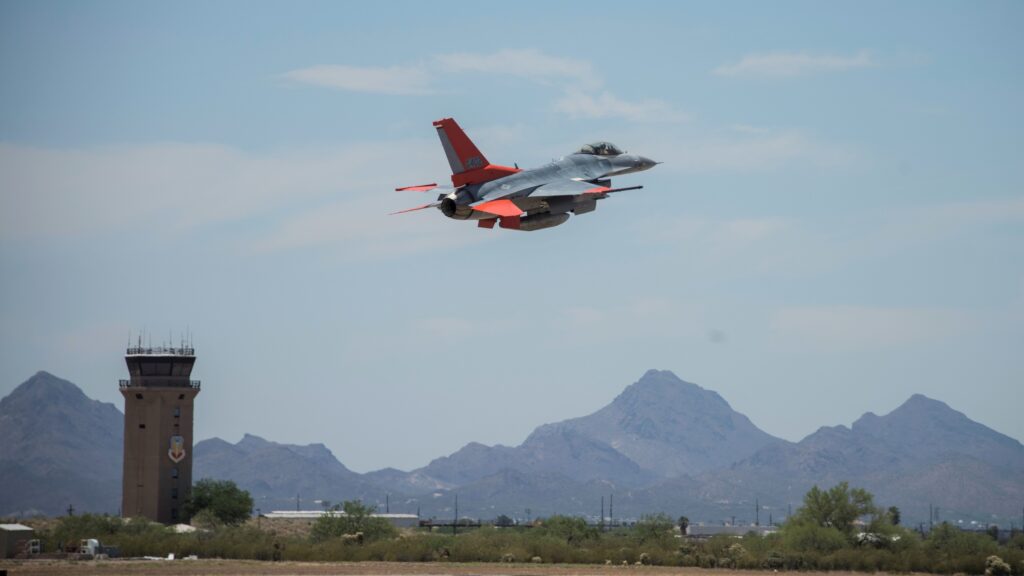Wichita, Kansas (July, 11, 2023) – Textron Aviation (NYSE: TXT) today announced it has been awarded a contract by AvMet International LLC (AvMet), based in Fargo, North Dakota, for one Beechcraft King Air 360CHW (cargo door, heavy weight) and four Beechcraft King Air 260 aircraft. The Beechcraft King Air fleet will support the Kingdom of Saudi Arabia’s National Center for Meteorology program for cloud seeding.
AvMet and its partners Weather Modification International (WMI) and Fargo Jet Center (FJC) will work collaboratively to equip the four King Air 260 aircraft with a Cloud Water Inertial Probe (CWIP), Data Logger with aircraft tracking, and cloud seeding equipment. The King Air 360CHW will be rigged with Cloud Seeding equipment, a research laboratory and an instrument package for studying cloud physics and aerosols.
The aircraft will be modified at WMI’s headquarters in Fargo with sister company Fargo Jet Center LLC (FJC). FJC’s Part 145 Repair Station, which is an authorized service facility for the family of Beechcraft King Air aircraft, teamed with WMI to certify the Federal Aviation Administration approved Supplemental Type Certificate modifications for cloud seeding and atmospheric research equipment. Together, Textron Aviation, WMI and FJC will provide the Kingdom of Saudi Arabia’s National Center for Meteorology with the newest technologies in cloud seeding and atmospheric sciences instrumentation.
Endless Special Mission Possibilities
When government, military and commercial customers want airborne solutions for critical missions, they turn to Textron Aviation. The company’s aviation solutions provide the high performance and flight characteristics required to address the unique challenges of special mission operations. With unparalleled quality, versatility and low operating costs, Textron Aviation products are preferred for air ambulance, ISR, utility transport, aerial survey, flight inspection, training and a number of other special operations.
